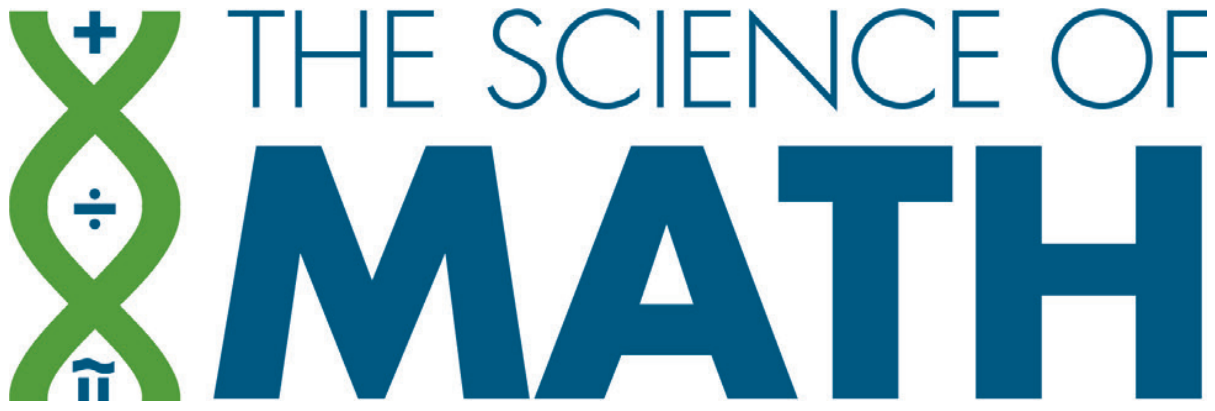
Universal Screening in Mathematics
DEFINITION
Academic screening is necessary to meet the needs of all learners and is commonly used in Multi-Tiered Systems of Support (MTSS). It generally occurs 2-3 times per year, using brief paper and pencil or computer-based assessments delivered in the classroom by the teacher.
WHY IS IT IMPORTANT?
The purpose of academic screening is to 1 evaluate instructional programs to inform resource allocations and guide instructional adjustments; and 2 rapidly detect children who are struggling with grade-level skills so that they may be provided with intervention to promote their success.
Why is Universal Screening Complicated in Math?
WHAT DO RESEARCHERS RECOMMEND?
For mathematics screening, researchers recommend using subskill mastery measurement, which is a form of curriculum-based measurement (CBM). Subskill mastery measures are designed to measure more narrow slices of skills/content, to measure more frequently, and to change the measure as children reach mastery.4
Subskill mastery measures are referred to as “Goldilocks measures” because the key to their use is to select the right skill for the right moment of instruction.5
To read more about mastery measurement in math assessment, see https://www.nasponline.org/publications/periodicals/communique/issues/volume-50-issue-5/the-science-of-math-the-importance-of-mastery-measures-and-the-quest-for-a-general-outcome-measure.7
Routine academic screening is commonplace in schools now and resulting data are used to detect systemic and individual student risk, to plan instructional improvements, and to conduct program evaluation.
How to Conduct Mathematics Screening

-
Use measures that are efficient, reliable, and demonstrate predictive validity. Administer in the fall and winter of the school year.¹,²
-
Choose measures connected to grade-level instructional objectives and representative of essential skills that students have been taught.⁴
-
Use screening data in combination with state testing results in Grades 4 through 8.⁴
-
Use the same system in all schools so results can be aggregated across schools and analyzed at the district level.
HOW TO CHOOSE A MATHEMATICS SCREENING MEASURE
1 . Choose measures to allow for accurate identification of students who are and are not at-risk with a slight priority for more sensitive measures.4
2 . Consult the tools Chart from the National Center of Intensive Intervention (NCII) to identify measures with strong classification accuracy.
To read specifically the criteria that must be met for screening tools to be considered technically adequate and useful:
3 . Evaluate how the screening program will facilitate intervention selection.
4 . When risk level is high at screening, implement classwide intervention. 6
Screening in Mathematics
Presenter: Sarah Powell and Corey Peltier
Citation: Advocates for the Science of Math (2021). Universal Screening in Mathematics. Authors.
(1) Foegen, A., Jiban, C., & Deno, S. (2007). Progress monitoring in mathematics: A review of the literature. The Journal of Special Education, 41, 121-139.
(2) Nelson, G., Kiss, A. J., Codding, R. S., McKevett, N. M., Schmitt, J. F., Park, S., Romero, M. E., Hwang, J. (2023). Review of curriculum-based measurement in mathematics: An update and extension of the literature, Journal of School Psychology, 97, 1-42, https://doi.org/10.1016/j.jsp.2022.12.001
(3) Powell, S. R., Fuchs, L. S., & Fuchs, D. (2013). Reaching the mountaintop: Addressing the Common Core standards in mathematics for students with mathematics difficulties. Learning Disabilities Research & Practice, 28, 38-48. https://doi.org/10.1111/ldrp.12001
(4) VanDerHeyden, A. M., Codding, R., Martin, R. (2017). Relative value of common screening measures in mathematics. School Psychology Review, 46, 65-87.
https://psycnet.apa.org/record/2017-22819-004
https://www.dropbox.com/s/mzr6t2uig8g11cb/spr461VanDerHeyden.pdf?dl=0
(5) Solomon, B., G., VanDerHeyden, A. M., Solomon, E. C., Korzeniewski, E. R., Payne, L. L., Campaña, K. V., & Dillon, C. R. (2022). Mastery Measurement in Mathematics and the Goldilocks Effect. School Psychology, 37, 213-224.
(6) VanDerHeyden, A. M., Broussard, C., & Burns, M. K. (2021). Classification agreement for gated screening in mathematics: Subskill mastery measurement and classwide intervention. Assessment for Effective Intervention, 46(4), 270-280. https://doi.org/10.1177/1534508419882484
(7) VanDerHeyden, A. M., Burns, M. K., Peltier, C., & Codding, R. S. (2021). The Science of Math – The Importance of Mastery Measures and the Quest for a General Outcome Measure. Communique, 50(5), p. 1.

